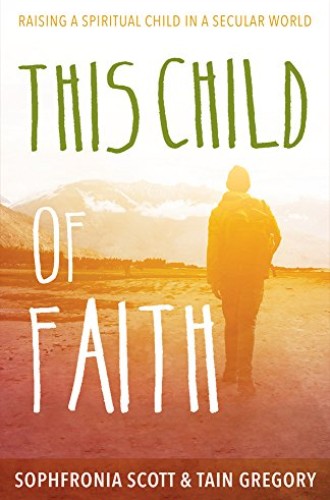A child’s faith before and after Sandy Hook
Tain Gregory was new to Sandy Hook Elementary School when the mass shooting happened, but the faith that helped him respond had been a long time in the making.
After every new act of mass gun violence these days, I hear liberal voices using Sandy Hook as shorthand for the moment America revealed itself as a nation that cares more about access to guns than preventing mass shootings. If we can’t convince our legislators to tighten gun restrictions after Sandy Hook, the argument goes, there’s no hope that they will ever be convinced to do so. In theory, I don’t disagree with this pessimistic assessment. But my own version of “after Sandy Hook” is more personal. It was the moment when I began to accept the frightening and deeply sad—but entirely necessary—step of letting my children go out into a world where they aren’t guaranteed to be safe.
The remarkable thing about Sophfronia Scott and her son Tain Gregory’s account of Sandy Hook (which they lived through firsthand) is that the “after” isn’t all that different from the “before.” It’s not that they weren’t traumatized, because they were. Tain was a third-grader who had just transferred from a private school to Sandy Hook when, as his mom puts it, “a 19-year-old boy, armed with warlike weaponry, blasted his way into Sandy Hook Elementary. Tain’s [friend] was among the first-graders killed, along with the adults who tried to protect them that day.” Sophfronia describes the heart-wrenching moments after she heard about the shooting and before she could confirm her son’s safety:
Suddenly there it was—that gaping, soundless void opened up, the same as when I thought I had miscarried when I was pregnant with Tain. . . . It is an abyss separating the now from what comes next. But this time I didn’t step into it prematurely and start grieving. And I didn’t stand there voiceless and alone because I had remembered Pastor Kathie’s words: That’s when you have other people pray for you. I called Pastor Kathie.





